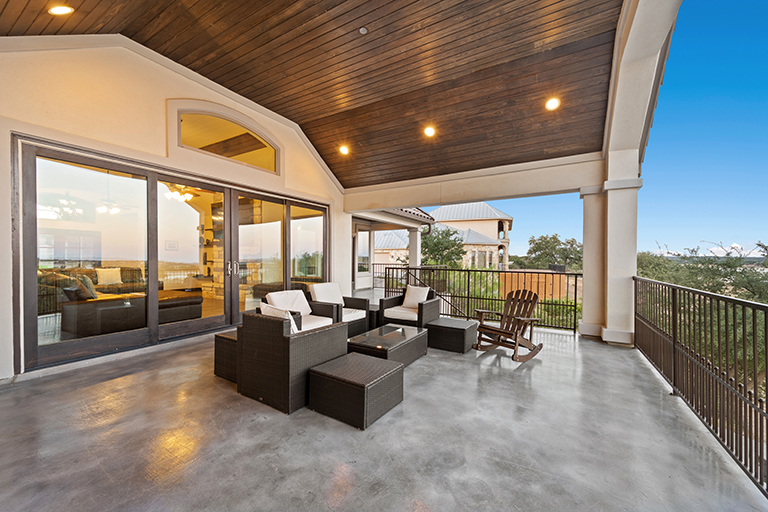
Relaxing at vacation home can a retirement dream come true.
Adding a vacation property for your retirement years can be a dream come true.
However, to make sure that process is also vacation, here are a few things to consider:
Location, location, location
- Make sure it’s a place you’ll love visiting regularly and is accessible year-round.
- Before buying, do a test run and rent a property for a season. That way you can make sure that this location is right for you.
Budget for maintenance, insurance, and property taxes
- A second home comes with additional expenses beyond the purchase price, including utilities, repairs, insurance, and property taxes.
- Many people underestimate these ongoing costs, so plan carefully to avoid surprises.
Rental potential
- Will you rent it out when you’re not using it? Be sure to research local regulations and demand.
- Don’t forget—you’ll also need to manage the logistics, like bookings, maintenance, and guest communication.
- Consider hiring a property manager to handle rental-related services for you.
Healthcare access
- As you age, proximity to reliable healthcare services is crucial, but don’t forget to consider access to pharmacies, specialists, and emergency care.
- You’ll want to ensure the area has the support services you may need in the long term.
Resale value & estate planning
- Consider the property’s long-term investment potential and appreciation and how it fits into your estate planning.
- Will the property be part of an inheritance?
- Make sure your plans for the home are aligned with your future financial and family goals.
Carefully weighing these factors and more outlined in this article a kiplinger.com to help make the appropriate decisions for adding a vacation home in retirement.
#retirementplanning #vacationhome #secondhome #SRES #seniorrealestatespecialist


 Facebook
Facebook
 X
X
 Pinterest
Pinterest
 Copy Link
Copy Link